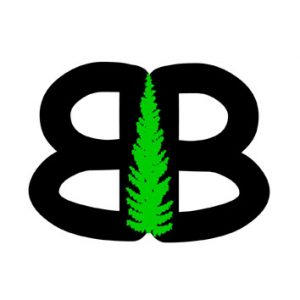Our Planet – Earth
The Earth is approximately 4.6 billion years old, and has looked vastly different from the way it looks today, and it will continue to change and rotate around the sun long after we are gone. So when we talk about a healthy planet, we are talking about the conditions on Earth that keep us alive and healthy. The Earth is a system ("a system is a set of things working together as parts of a mechanism or an interconnecting network", dictionary definition) of interactions between the four spheres: hydrosphere, atmosphere, geosphere, and biosphere. There are physical, chemical, and biological processes.The "Carbon Cycle" is one of these processes where carbon moves around and through the four spheres. Another, being the "water or hydrologic cycle" which is the movement of water around the world. We are a part of this system and we drastically affect the Earth's systems.

Earth History Tidbits
In the beginning, it is believed that the Earth started off as a huge cloud of gases and tiny particles that for some reason, collapsed in upon itself from gravitational pull. This was about 4.6 billion years ago. The Earth was extremely hot and the heavy elements such as, iron and nickel sank to the center of the Earth. Where as, the more buoyant elements rose towards the surface, such as, oxygen and oxygen seeking elements, silicon, aluminum being the most abundant, and smaller amounts of calcium, sodium, potassium, and magnesium, and other elements. Some heaver metals with lower melting points also rose, such as, gold, lead, and uranium. Eventually, three layers developed: the iron-rich core, the middle called the mantle, and a thin crust.
In the beginning there was no free oxygen in the atmosphere. The atmosphere was produced from outgassing from within the Earth as it cooled, and probably consisted mostly of water vapour, carbon dioxide, and sulfur dioxide with smaller amounts of other various gases including nitrogen.
As the Earth cooled the water vapour condensed into clouds and began to rain down on the Earth, so much so, that it filled the low laying areas and became our oceans.
Roughly 3.7 billion years ago life began on Earth (from what we can tell from microscopic fossils found in rocks). Some of these bacteria were photosynthesizing bacteria using the Sun's energy to produce molecules of sugar (a stored source of energy) made from water (H2O) and carbon dioxide (CO2). Free oxygen (O2) which is in our atmosphere is a byproduct of photosynthetic life forms.
About 2.7 billion years ago oxygen levels starting rising in the atmosphere. This time period is called the "oxygen revolution". It is believed that cyanobacteria (bluegreen algae) type bacteria that were photosynthetic (like plants today, it takes in carbon dioxide (CO2) and releasing oxygen (O2)) had evolved in the oceans and became abundant enough to increase the oxygen level in the atmosphere making it possible for most life on Earth.
From about 542 million years forward, life forms began to explode in diversity both plants and animals. Dinosaurs were from about 251 to 65.5 million years ago. About 65.5 million years ago and forward mammals, birds, and pollinating insects and flowering plants increased.
Humans (Homo sapiens) us, are believed to have evolved about 300,000 years ago in Africa, and then spread out through out the world. So in reality, no matter where we live and what colour our skin may be, we all come from the same ancestors.




